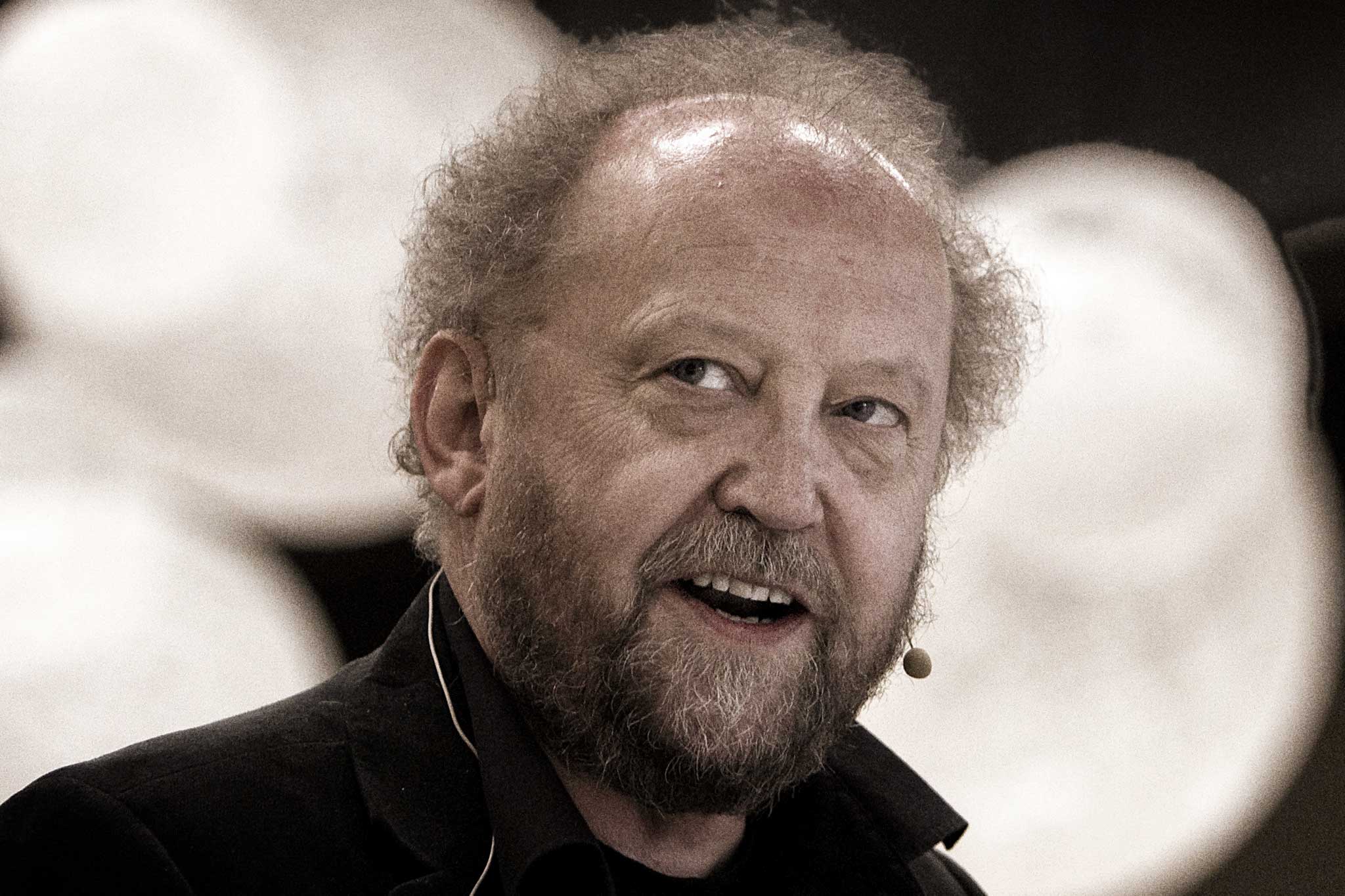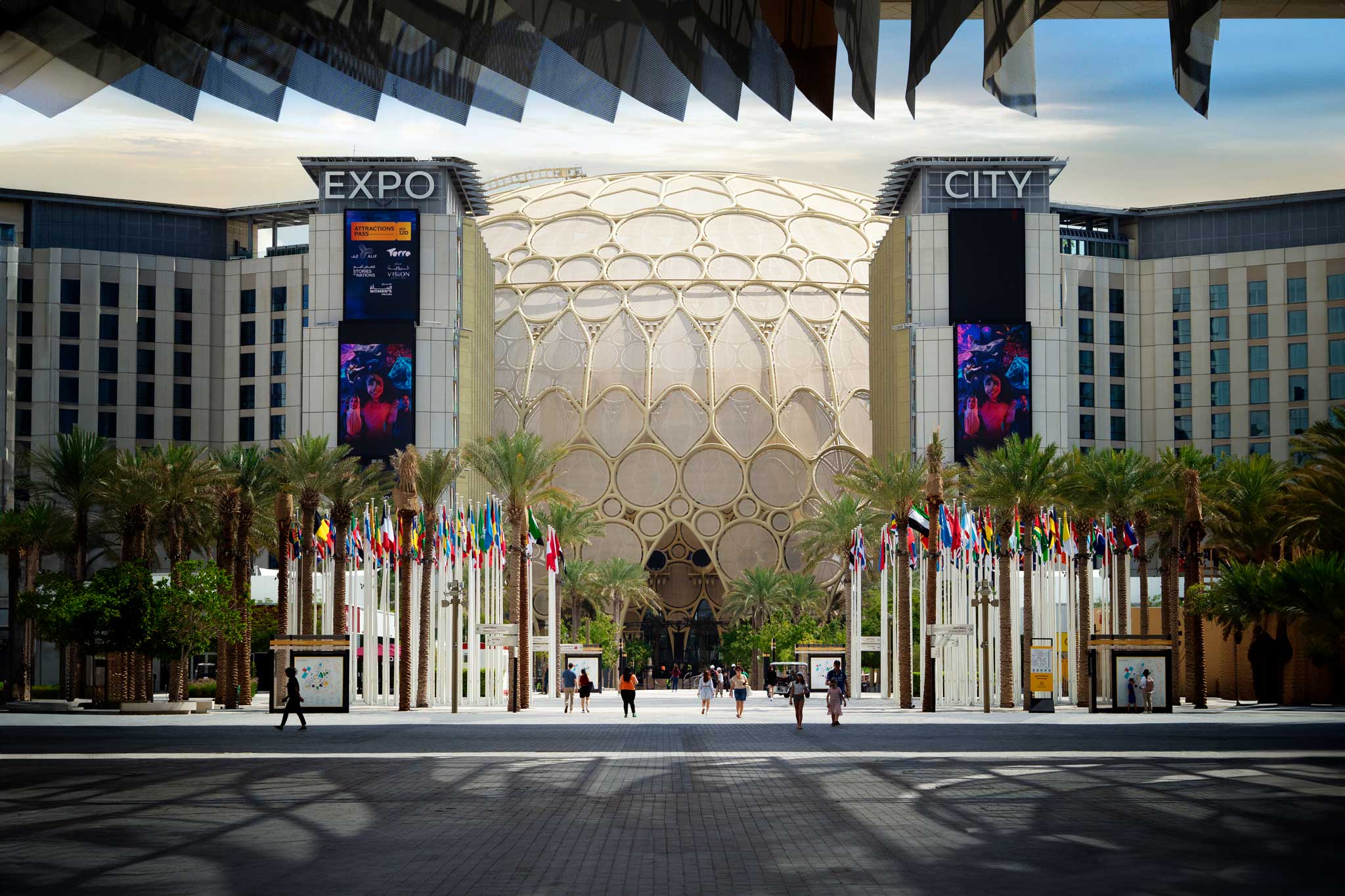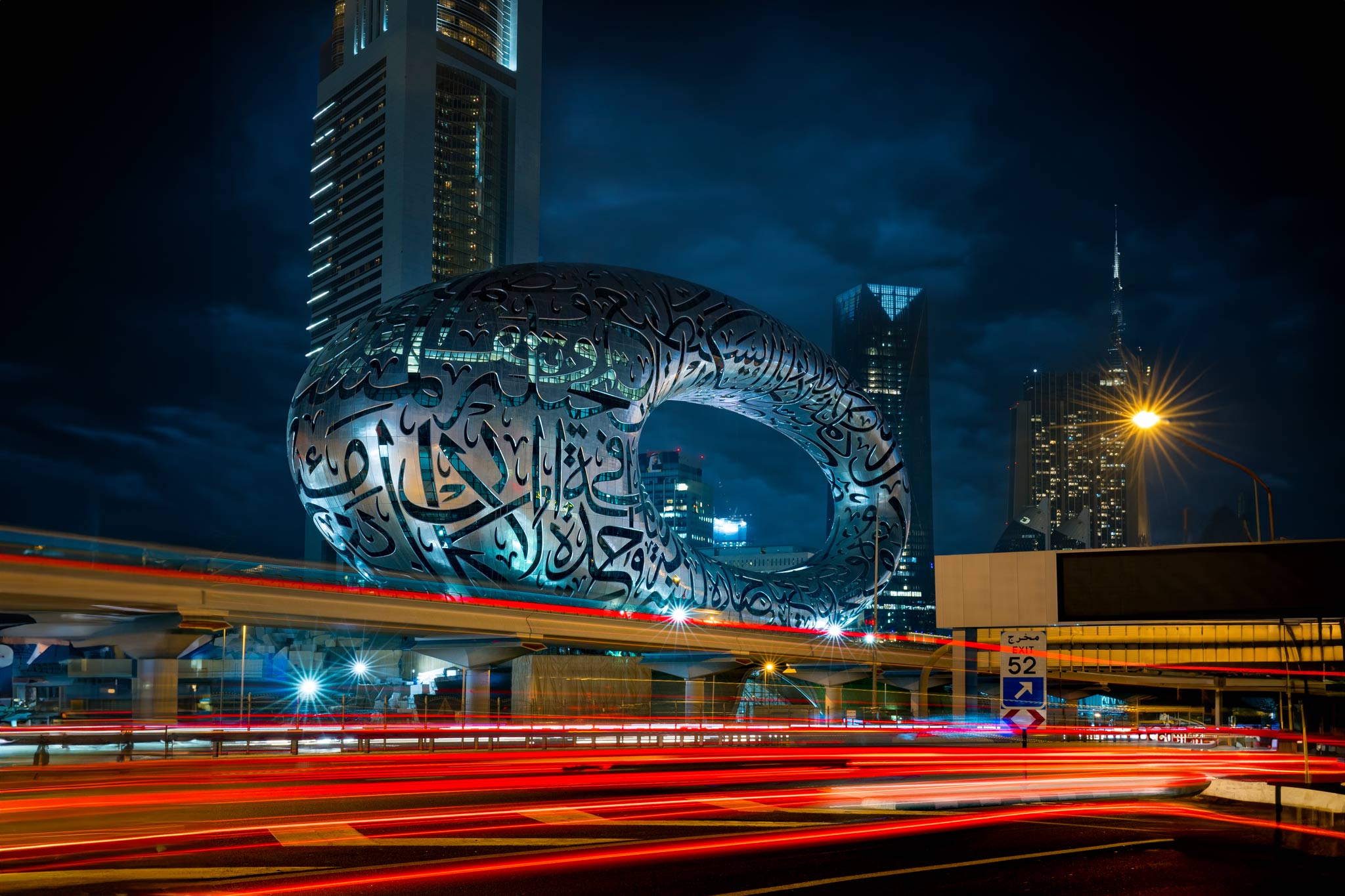The Future of Socioeconomic Change
A Tale of Two Industries Two deeply interwoven industries, destinations and associations, have both seen unprecedented change to their business imperatives in the last decade. Yesterday’s cities would compete for conferences as tourist destinations, a boon for hotels, convention centres and entertainment.
Today, municipalities see mass-tourism as the key to health, social and economic development. At the same time, associations have seen their core membership, education and publishing businesses continually eroded by new technology and online platforms. In its search for renewed vitality and relevance, the association industry has yet to realise that those destination keys are, in fact, in its pocket.
Associations Let’s talk about associations for a minute. When you think about associations, it brings people, shared experiences, and a shared industry or academic background to mind. At the heart of associations is sharing – sharing of ideas, sharing of goals, and sharing of vision. Volunteers happily give more time managing their associations, planning and running events, and educating one another than any company could possibly afford to fund.
Associations are a multi-billion dollar industry, funded by a mix of membership dues, industry sponsorships and conferencing. However, that funding is under threat, and entrenched association operational models leave an industry poorly positioned to find and take advantage of new opportunities.
But we haven’t talked about associations’ biggest asset because it is so intangible that even associations have trouble capturing it, and that asset is passion. Members gravitate to associations for many reasons, often as mundane and practical as cut-price insurance and industry credentials. However, the heart of associations beats with members’ desire to impact the world. It may only focus on the world around their shared interest, industry, or academic discipline, but it beats loud and demands a stage to perform. The higher cause and mission is what sets associations apart from any other company or organisation.
Social media has provided some level of outlet for our collective passions, but needs to deliver real results. This is the higher calling to which associations are now being summoned.
“It’s fair to say that destinations and associations have not yet reached matrimonial harmony”
Destinations Growing up in Europe, I had the privilege to travel to most capital cities and experience the history, culture, and gastronomy they offered. Who would ever think those same cities are now the breeding ground of anti-tourist organisations?
Surely, having the world eat your ice cream and visit your sites is the desire of any human being, or perhaps not. Some municipalities have also started to realise that mass tourism, in groups of thousands, does not necessarily bring enough value to a city. Some municipalities have learned that these visitors may be better positioned to be catalysts of health, social and economic development rather than just beer and ice cream consumers.
Destinations now understand that opening access to local government, health systems, research and education establishments, and industries may encourage focused groups like academics, medical professionals, and industry leaders to bring their specialities, influence and knowledge as change agents to their cities.
Convention bureaux are moving away from focusing on fun and towards being an interface between visiting conventions and local government, social, health and industry stakeholders. As James Latham of The Iceberg (an organisation that champions such seismic shifts in the destinations industry) describes it: “moving from being travel agents to change agents.”What is driving this transformation? What do these forward-thinking cities want from visiting conferences? Why are they investing in such resources? The answer is one word: legacy.
Legacy An emerging movement believes that it is not enough, not acceptable, and just not OK, to bring thousands of delegates to a destination without leaving behind a three to five-year legacy for the local community. This legacy could take the shape of a social, healthcare, or economic program, one that’s germane to the group visiting the region.
A city that has become the home for a particular technology or industry may use a conference to raise its international profile, highlight employment opportunities and bring investment. Or a local community may struggle with a medical condition, and a medical convention may bring educational programs, medical specialists and interventionists that can provide a boost to local health systems and professionals. The opportunities are as endless as the need for such legacy conferences worldwide.
Legacy meets associations, associations meets legacy For an industry like associations, this is a tailor-made opportunity. Associations are packed with passionate specialists who understand their worlds and their associated challenges and opportunities, and who are begging for opportunities to plug into the destinations with which they resonate. They’re ready to collaborate in the creation of legacy outcomes. Associations are conference specialists, they’re doing them all the time, there’s nothing new there.
The change needed in the association world is a paradigm shift from member-centric to mission-centric, from an internal to an external focus. We need to see associations raising themselves on the value chain, taking their place at the table with industry and government rather than appealing to their philanthropy and lobbying for change. Executive Directors and presidents should see the creation of their legacy portfolios as a badge of honour and achievement on their tenures.
“The change needed in the association world is a paradigm shift from member-centric to mission-centric”
A Taste of Success Let’s take a look at what a successful legacy conference leaves behind. Starting with a fairy-tale ending, about five years ago, the annual congress of the European Society for Radiotherapy and Oncology, ESTRO, chose Madrid as its destination because it recognised that the city had a challenge with cancer.
ESTRO’s legacy was a 700 million euro investment. It will result in the diagnosis and treatment of hundreds of thousands of patients over the 25-year shelf life of the equipment secured and the training of health care professionals to operate it. Let’s be clear: this is unusual and may never be repeated. However, similar events by the European Association for the Study of the Liver, EASL, have run more than one conference, leaving an impact on education programs for parents, resulting in reduced junk food consumption by kids in the host cities, along with a mobile blood testing lab that toured the region giving service to communities that may have shied away from public health systems, leaving them at high risk of liver damage.
The European Stroke Organisation, ESO, aim to reduce the burden of stroke by changing the way that stroke is viewed and treated. As part of their annual congress organised by Kenes Group, they arranged a public education symposium, attendees spoke in local schools, students visited the congress, and to highlight the benefits of exercise, the congress sponsored the annual Göteborgsvarvet half marathon in Sweden.
Outstanding resources and video case studies about legacy conferencing are on The Iceberg website.
The State of the Union So, it is clear that associations and conference organisers can deliver legacy events. However, I think it’s fair to say that destinations and associations have not yet reached matrimonial harmony.
Although many major cities have transformed themselves and stand ready to work with associations, most have not. While a few associations have produced successful legacy conferences, a majority are still far away.
The destinations industry has seen the success and value of these poster-child conferences, and has started to try to sell the concept too, but can’t understand why associations aren’t rising to the challenge. How can an association industry that claims to be mission-centric not take the opportunity to make a real impact aligned with their goals? I’ve heard it posited that they think that the associations are either unable or unwilling to join the party. I don’t believe that is true.
What is clear to me is that trying to sell legacy to associations through the usual conference channels is not going to work. These stakeholders do not understand legacy, are not measured on legacy, and are not positioned to move the organisation towards legacy. Someone must coach boards and staff through the legacy negotiation process, which will affect the whole organisation. In parallel, conference specialists can do what they do well: plan a conference. This coaching may need to come from the destination themselves, consultants, or conference organisers.
The adoption will be slow and painful, like all changes in the association space. Destinations must understand that the transition period will be long, but the results are ground-breaking. To put it bluntly, destinations don’t have a choice, the association industry is holding its keys, and the destinations industry can’t borrow the car from anyone else.





